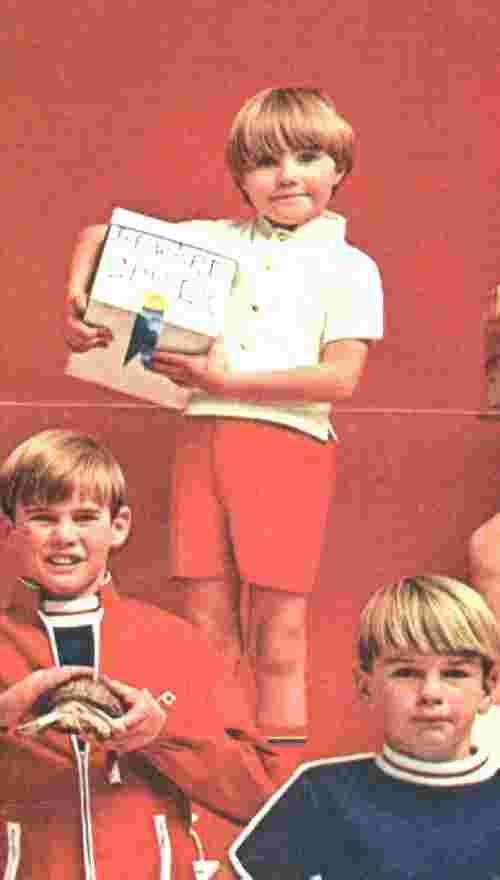
Figure 1.--This boy is pictured in a Nehru short sleeved jacket. While not a widely worn style by boys, jackets with Nehru styling were seen in the 1960s and 70s. |

|
Many suits fall into obvious categories. Historical sites have included skeleton, sailor, Fauntleroy, Norfolk, and Eton suits. More recently boys have worn Eton (modern style), single and double breasted suits as well as blazers with slacks. All of these styles, have been worn with a variety of pants styles. This page will, however, focus on the jacket style. This page will adress suit styles that were not commonly worn or that have proven difficult to identify.
Two styles that achieved some popularity during the 1960s-70s were the Nehru and Mao jackets. They were popular with the counter culture and worn by teenagers and young adults. They were not widely worn bu boys who along with their parents are notably conservative about fashion. Girls are often interested in trying new fashions. Boys are often much less willing unless they see other boys wearing the style. Thus the Mao and Nehru jackets never achieved wide popularity with boys.
The Nehru jacket was of course named for Pandit Jawaharlal (1889-19??) who inherited the leadership of the Congress Party from Ghandi and became India's first prime minister upon independence. Nehru like his nation make a point of rejecting English culture even though the only unifying thread in India is the British colonial experience and English language. Negru himself was educated in England and profoundly affected by the experience. I am not
sure of the origin of the Nehru jacket, but believe it was one of the many ways that Indians attempted tp divorce thenselves from English cukture and styles. The Neru jacket appeared in the United States during the 1960s. The decade brought the Peacock Revolution--a phrase popularized in the United States by George Frazier, a former columnist for Esquire magazine and the Boston Globe. The Peacock Revolution is said to have begun on London's Carnaby Street and featured a whole array of new looks--including the Nehru jacket. In contrast to the 1950s, during which choices
were rather limited, a wide range of alternatives was available in the 1970s as the climate moved to a new youth culture and protest. The designer Pierre Cardin even created an American version of the slim-lined European silhouette, which, along with the immense popularity of jeans, led to the acceptance of extreme fittedness in clothing - a far cry from the casual, comfortable elegance of preceding generations.
The Mao jacket was of course based on the style worn by Chinese Communist Party leader Mao Tse-Tung (1893-19??). I am not sure precisely how the style developed.
Navigate the Boys' Historical Clothing suit pages:
[Skeleton suits]
[Sailor suits]
[Fauntleroy suits]
[Eton suits
[Norfolf suits]
[Blazers]
[Double breasted suits]
[Rugby suits]
[Short pants suits]
[Long pants suits]
Navigate the Boys' Historical Clothing Web Site:
[Return to the Main suit style page]
[Return to the Clothing styles]
[About Us]
[Introduction]
[Activities]
[Biographies]
[Chronology]
[Clothing styles]
[Countries]
[Girls]
[Theatricals]
[Topics]
[Bibliographies]
[Contributions]
[FAQs]
[Glossaries]
[Images]
[Links]
[Registration]
[Tools]
[Boys' Clothing Home]
